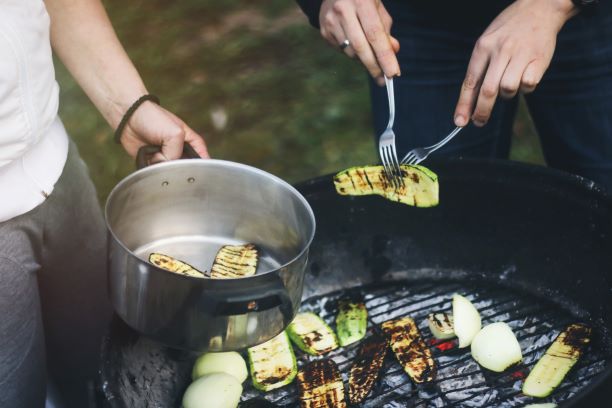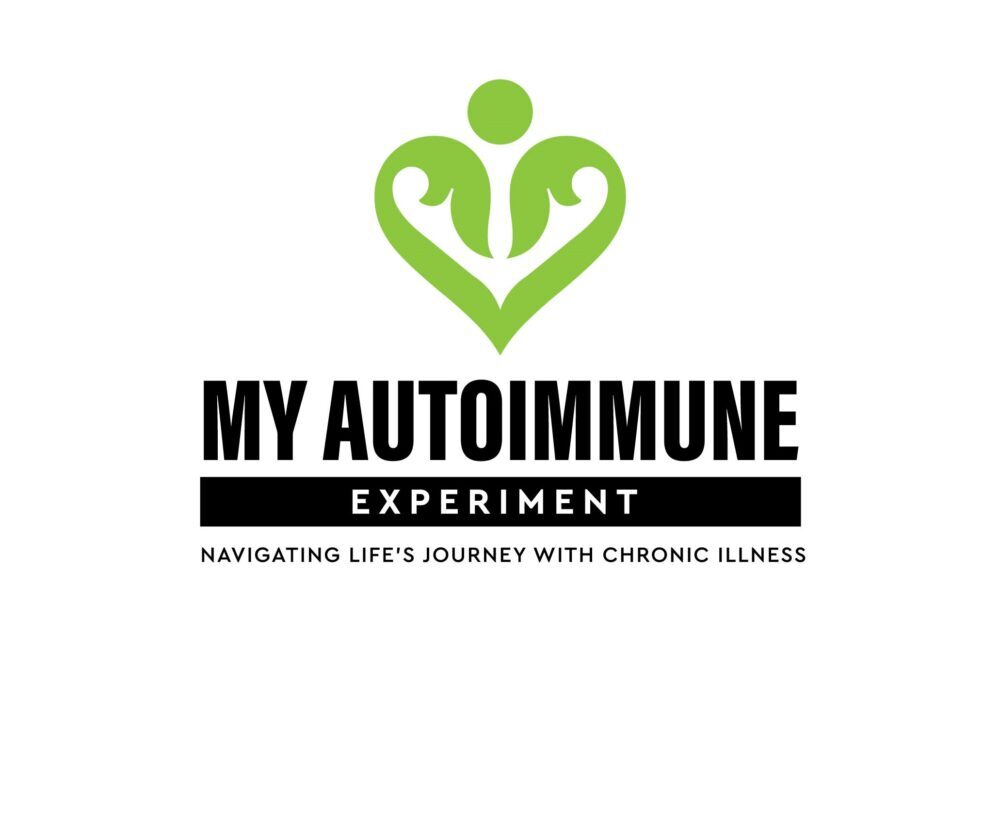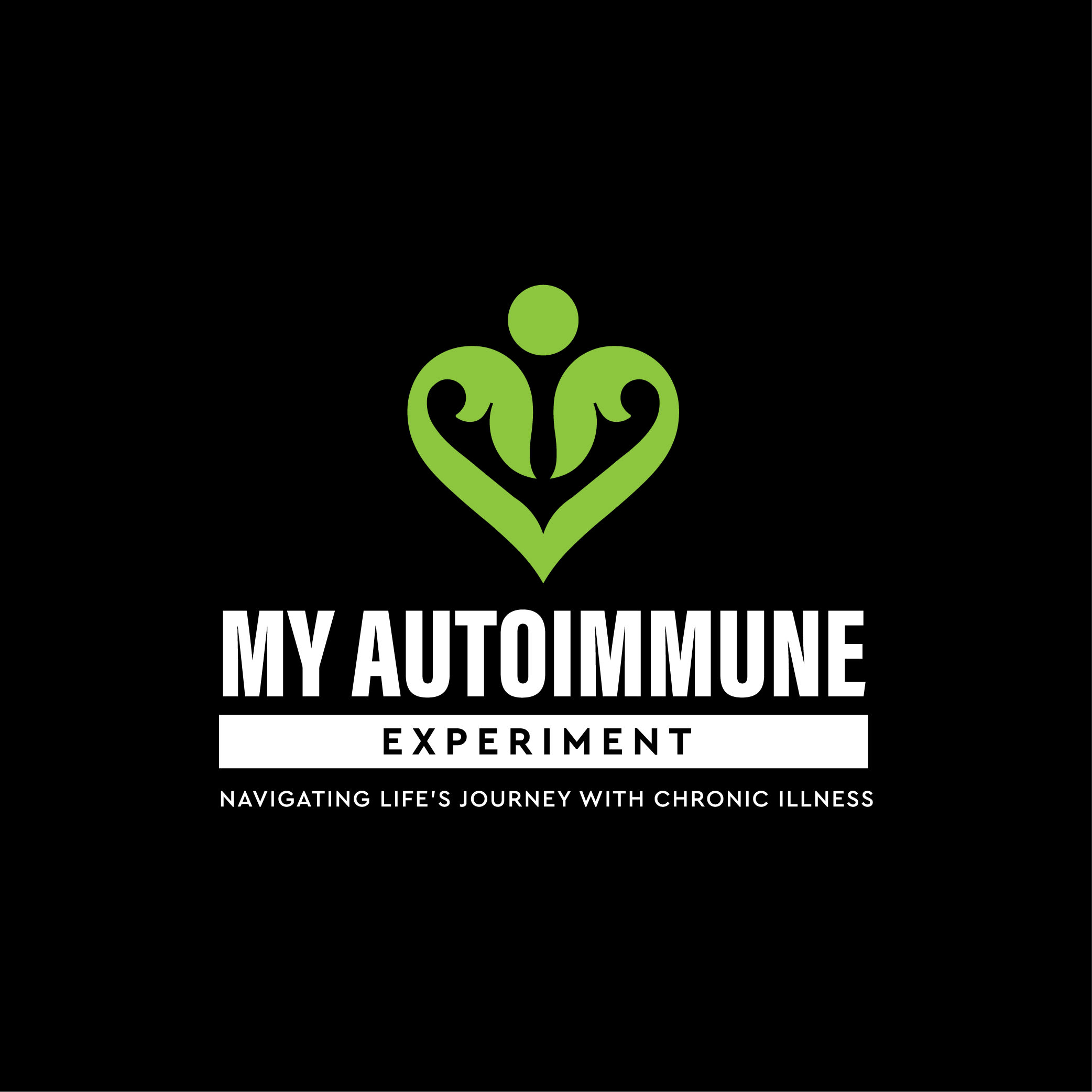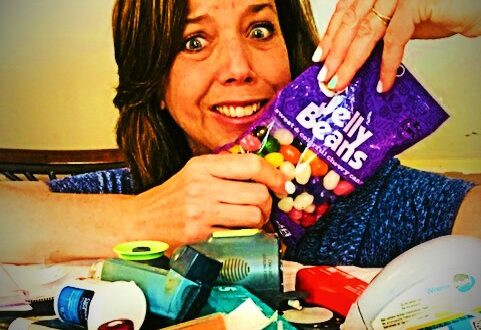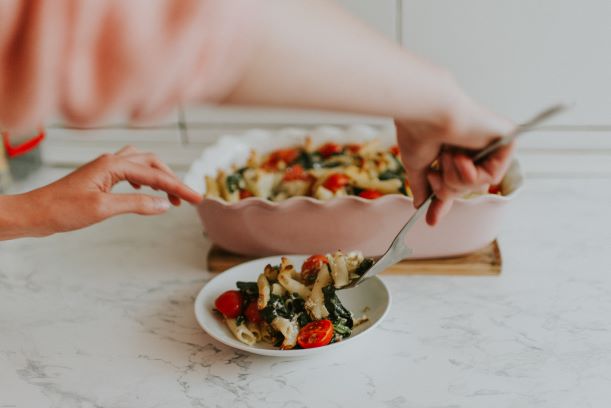
Gluten-Free Living Welcome
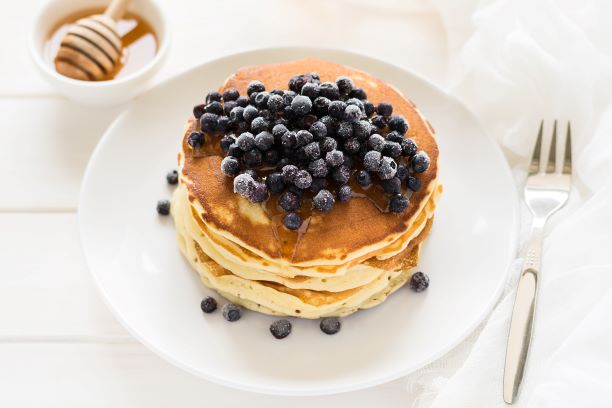
The gluten-free diet has become increasingly popular in the last several years. While it is a trend for many people who feel healthier following it, others have no choice but to strictly adhere to it based on their medical conditions. Either way, it’s important to understand your dietary choices.
As a person with celiac disease, I started to follow the diet over two decades ago as soon as I was diagnosed. Gluten was poisoning my body, and before I knew what the culprit was, I had lost all my energy. The gluten I ate daily had severely damaged my small intestine and, along with it, the ability of my body to absorb nutrients. At first, despite my symptoms and my repeated visits, my doctor told me there was nothing wrong with me, and I looked perfectly healthy. The pounds melted off my body as my illness became more visible, and my doctor apologetically ordered a multitude of tests.
After a few more months, I was thankful to have a diagnosis and a remedy: the gluten-free diet. I first learned that gluten is found in wheat, barley, and rye. “I can easily do that,” I thought. “I just have to avoid bread.” Unfortunately, it wasn’t that simple.
As I learned more, I discovered some overwhelming details. For example, not only can gluten be found in pasta, seasoned rice, salad dressings, processed meats, candy, vitamins, and lipstick, but there are ingredient names besides the obvious wheat, barley, and rye that could contain gluten. Bulgur and malt, for instance, always contain gluten, and modified food starch, artificial coloring, and various seasonings might contain the toxic ingredient as well. This was way too much information for my tired brain to grasp. Worse yet, as I tried my new gluten-free concoctions, they all had a similar taste and texture; I called it cardboard. My head was spinning and my taste buds were craving real food, but my body understood the need for recovery, so I complied.
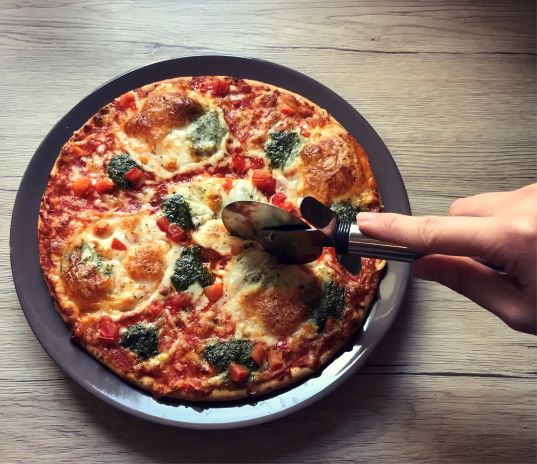
Fast forward to 2020. I walk down the gluten-free aisle of the grocery store, thrilled to take in an array of products. The cardboard now is only in the packaging–it’s no longer the taste. In addition to the naturally gluten-free foods like fresh fruits and vegetables and non-processed meats, I can buy delicious pasta and bread along with salty and sweet snacks for when I’m craving a treat. I have choices, and it’s so exciting!
Vendors have gone a long way to develop products for special diets and label them in ways that are easy to see. The GF symbol makes shopping so much easier as does the list of allergens on the nutrient label. Restaurants have also become friendlier by marking gluten-free items and providing substitutions where necessary. Going gluten-free has never been easier.
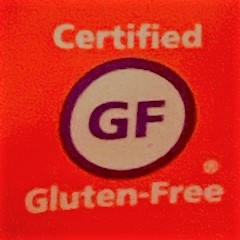
Look for the certified gluten-free symbol. 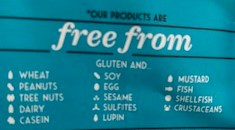
Along with the GF, many products list allergens that are or are not included.
Though it’s easy to find gluten-free foods, the number of choices available now can be overwhelming for those new to the diet. Deciding which brand of each food to choose is a challenge.
Well, I’m here to help you navigate the grocery store shelves. Over the years, I’ve found products I love, yet have still continued to try products that are new to the market. The improvement in taste and texture of all foods is amazing. Along with prepared items, for those who like to make their own dishes, I’ll share recipes and the best GF ingredients to add to them so you can enjoy the most delicious food possible without all the trial and error. Always choose the “Gluten-Free Living” blog category to find GF recommendations and recipes that hopefully will make your life a bit easier.
